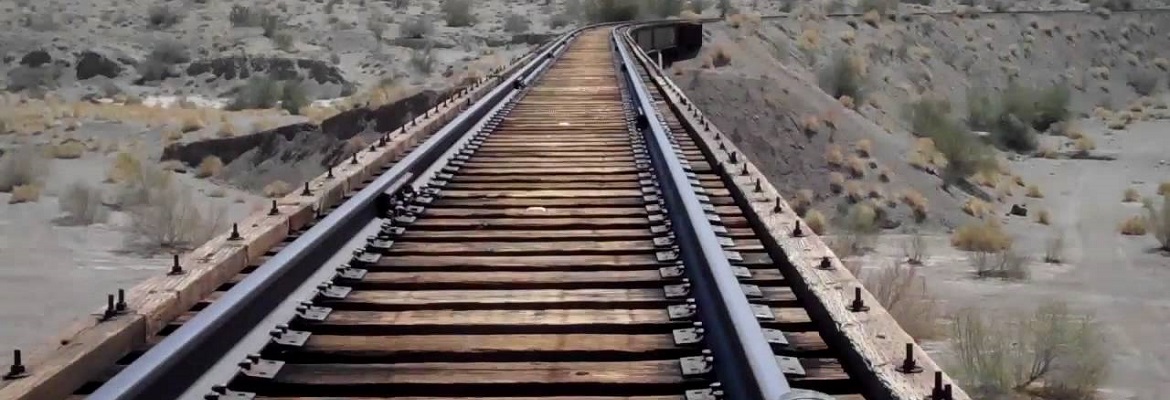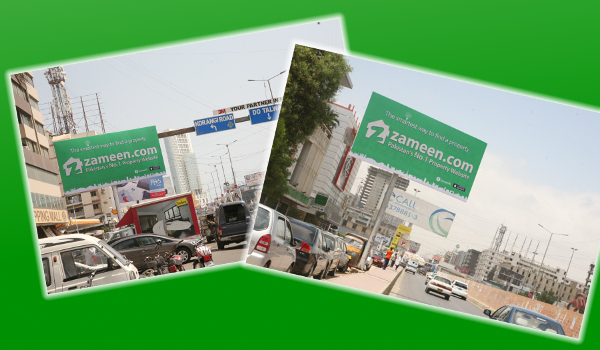Rawalpindi: The development and upgradation of the existing 1,872-kilometre-long railway track between Peshawar and Karachi, under the China Pakistan Economic Corridor’s (CPEC) Main-Line (ML)-1 project, is expected to reduce the travelling time between Lahore and Karachi to seven hours from the existing duration of 18.5 hours, according to a news report published on August 8.
Read: ML-1 Railway project to increase Pakistan’s transport share by 16%: Bajwa
The ML-1 project development will assist in reducing the travelling time between Rawalpindi and Lahore, Multan and Lahore to 2.5 hours and 2 hours respectively – since the new track will allow trains to run at a speed of 165 kilometres per hour. Furthermore, the project will also allow 171 trains to run on a daily basis, whereas the track’s existing capacity is 37 trains per day.
The Executive Committee for National Economic Council (ECNEC) approved the PKR 10.88 trillion-project on August 5 – which is so far the biggest development project launched in the history of Pakistan. As per details, the entire track will be fenced on both the sides to avoid accidents by disallowing random crossings along the track.
Read: Govt releases 100% of funds earmarked for ML-1 project
In addition, this will also abolish the existing 2,800 railway crossings on the track. For this purpose, the track will feature 13,000 overhead bridges and underpasses. The executing authority will also install electronic crossing points along the track.
Prime Minister (PM) Imran Khan is expected to lay the project’s foundation stone in the last quarter of this year, which will be completed in 2025. Moreover, the project will be developed in three phases, with the railway track easy to redevelop will be covered in the first phase.
Read: Up to 90% of ML-1 project workforce to be local: Railways Minister
Furthermore, the development of the ML-1 project is also expected to increase freight businesses by 100 times. Not to mention that it will help increase the Pakistan Railways revenue by 500% along with creating employment opportunities for at least 150,000 people.







